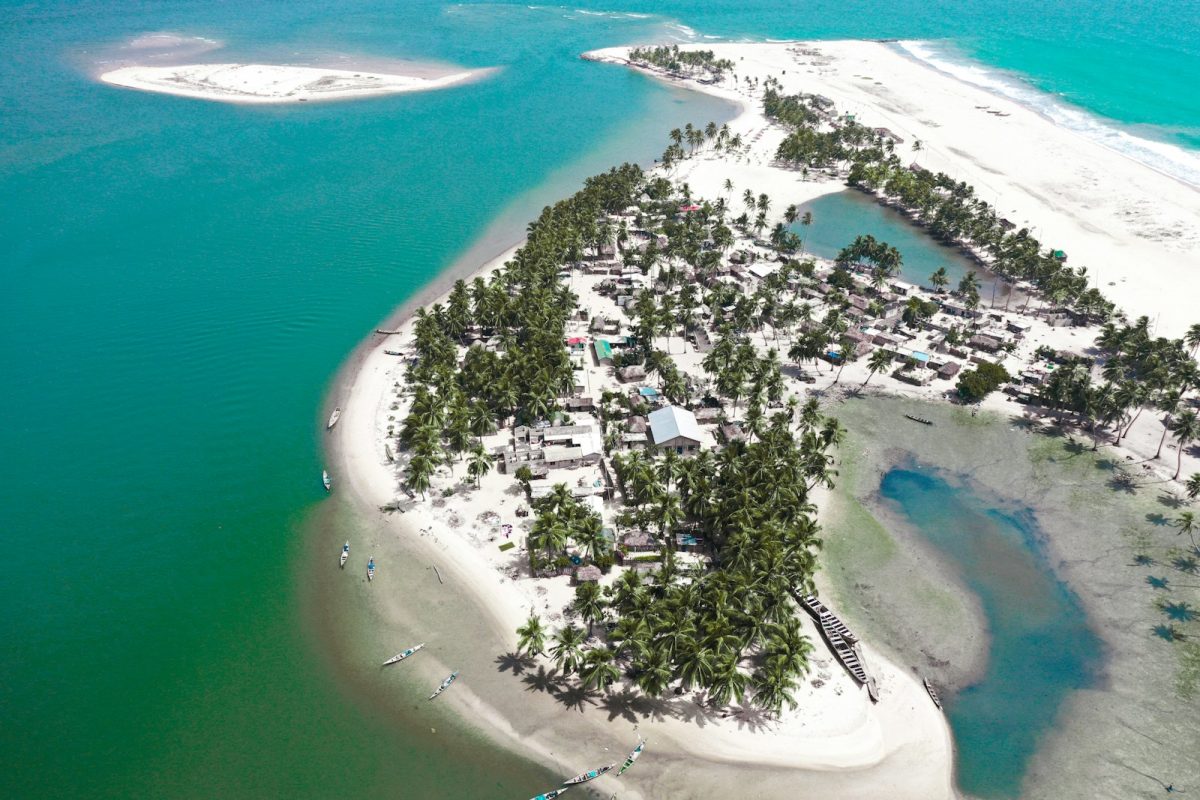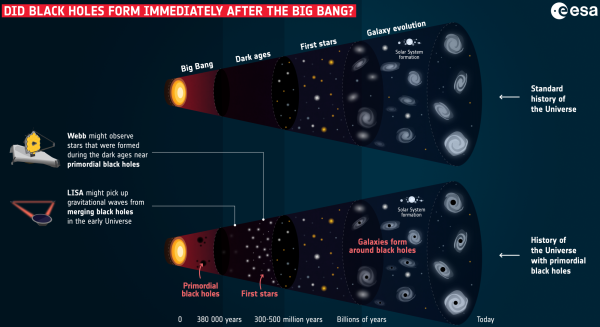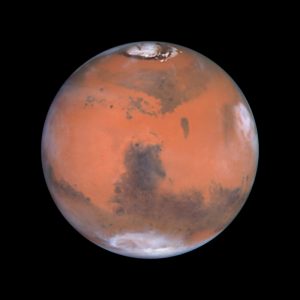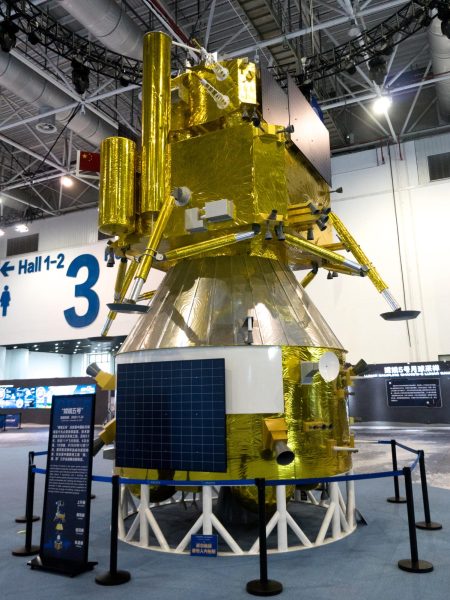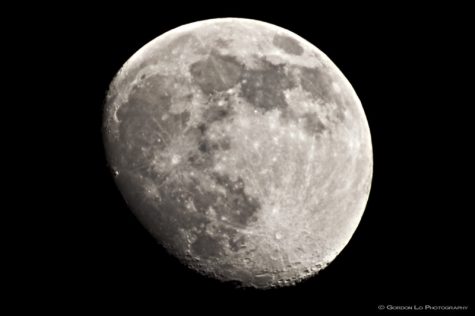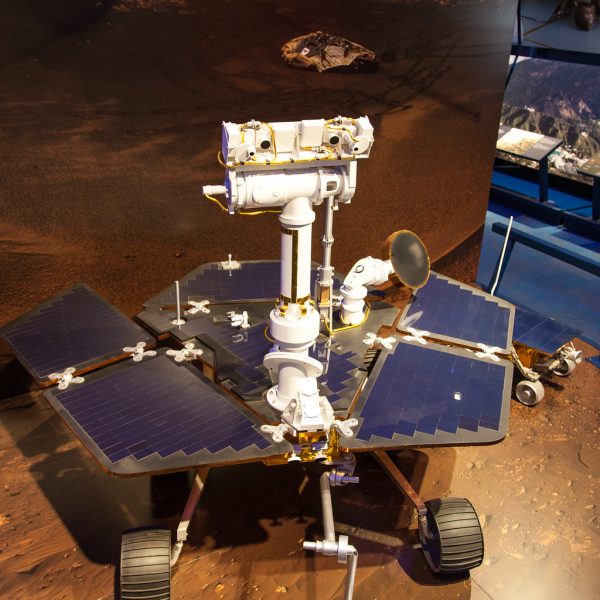The Moon And Its Long History
The moon’s backstory
The moon is approximately 140 million years younger than the Earth, and it is about 1/4th the size of the Earth as of right now and is slowly drifting away from our planet. The moon was most likely a tiny planet until it crashed onto the Earth way back 4.45 billion years ago with (the then-called world) Theia and the Earth colliding, sending debris flying, which gathered to create the moon. If the moon were vaporized out of existence, the Earth would be affected because the moon tugs out tides towards it, and the water is trying to tug against it. Thus, high tide and low tide were created to show this. And without the moon, the Earth’s land would get constant flooding, and some areas like Madagascar or Japan would most likely sink, never to be seen again at the bottom of the ocean floor. The moon has craters on its surface because after the rocks gathered to create the moon, the moon was hit by other space rocks at high speeds, which is why some craters are more significant than others. If we had a magnet large enough, we could move the moon due to its inner and outer cores being made of straight iron.
Related Stories:
https://solarsystem.nasa.gov/moons/earths-moon/overview/
https://www.space.com/55-earths-moon-formation-composition-and-orbit.html
http://www.seasky.org/solar-system/earth-moon.html
https://www.britannica.com/place/Moon
https://stardate.org/astro-guide/ssguide/moon
Take Action:
The moon will drift away from the earth overtime and will eventually reach a distance so far we can’t reach it. This will cause climate change, so follow these strategies to adapt to our new life. https://www.iberdrola.com/sustainability/climate-change-mitigation-and-adaptation#:~:text=Erecting%20buildings%20and%20infrastructure%20that,to%20adapt%20to%20changing%20climates.


